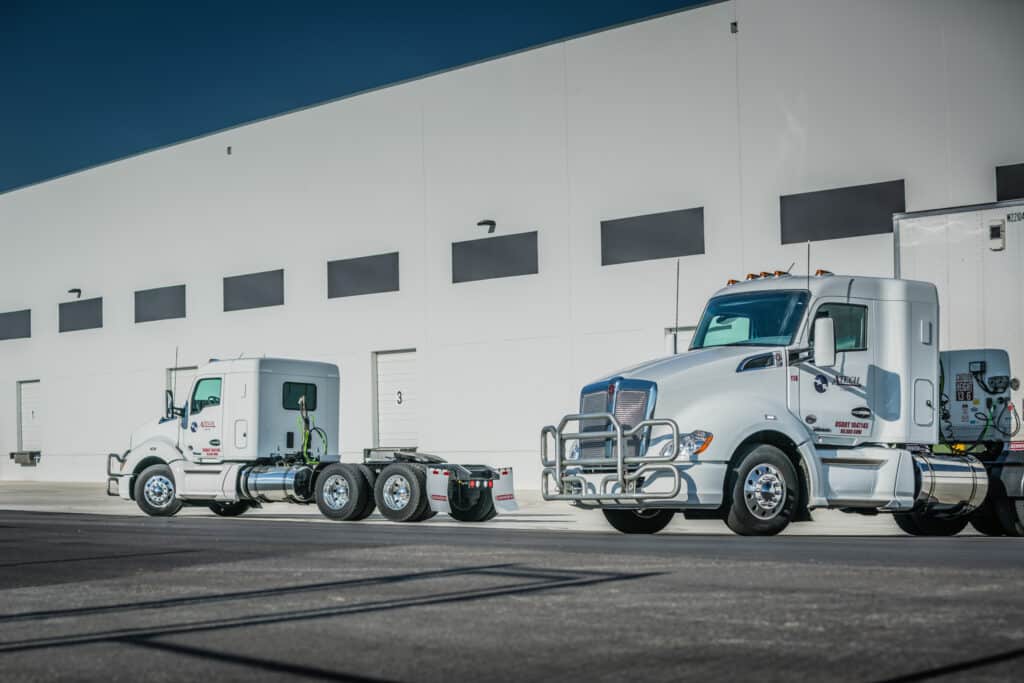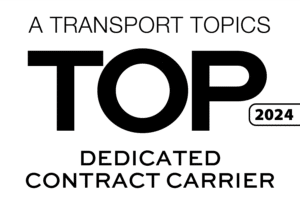
As inflation continues to have a large impact on the U.S. economy, many businesses are seeking out possible ways to reduce operating costs. Many tend to lean towards tires as they are the third-largest operating cost for the majority of fleets. The steep cost for such an essential asset has many fleet owners focused on how they can properly manage them and increase savings.
For many tire developers, it is important to look at tires as assets and not just as something being consumed, or as material simply being bought and used. You can compare tires to trucks themselves, they are a huge asset financially that should be treated as such when fleet owners are in the process of selecting and managing them.
Cutting cost is not just about how and where the tire comes in contact with the road, but how it is managed through retreading to its ultimate discarding.
How to Get the Most Value Out of a Fleet’s Tires
After the correct tires are selected for either equipment or a job, the wear and tear of the tire will actually fall into the hands of the technicians, whether it be outsourced or retreading.
However, when it comes to getting the most out of these valued assets is in the hands of the fleet’s management team. That’s why it’s important that fleets enact some sort of management program to properly assess and track the true cost of each tire.
For example, one can trace the tire’s cost by wheel position to make sure they get the most value out of their investment. Aaron Murphy, Vice President of Double Coin Tires says this indicates how valuable proper attention to tire purchasing and maintenance is.
Using Technology in Tire Management
As the advancement of technology continues to increase, it will become easier for fleets to incorporate some sort of tire management system. Fleets no longer need to rely on workers to carry out several management tasks.
Things like tracking, maintenance, and analyzing become much easier with the many computer software programs, pressure monitoring and inflation systems.
However, just because these advancements are available doesn’t mean all fleets can afford to incorporate them. If that is the case, many old fashion management programs are efficient and necessary in making sure you are controlling costs.
Significant components of a sound management program include cradle to grave tracking, preventative maintenance, analysis, and more. Doug Jones, Customer Engineering Support Manager for Michelin Commercial Truck Tires emphasizes the importance of these processes and programs being written, monitored, enforced, and communicated correctly.
Creating an Effective Tire Management Program
A good tire maintenance program begins with the tire selection process. Not only making sure the best tires are selected but also the best tires for specific vehicles are taken into account. It is important for the fleets can accurately analyze their truck and their routes to understand. This assures that the type of application is known and what the weather and climate will most likely be for the majority of the run time.
When it comes to efficiency, selecting a tire that is specific to the application works best. Jones mentions that with better efficiency, higher profitability will follow. Some key qualifications fleets should consider when selecting a tire include: having the required levels of wear and grip, providing fuel savings, and having a tread design that can provide the best overall performance.
As Guy Walenga from Bridgestone says, tires should be picked properly for each application on an axle-by-axle basis. While products differ, it is important that the tires are suited best for the specific job they have been created for. Tire dealers are a great resource a fleet can utilize to ensure they are getting the best for their dollar.
Why Tire Management Matters for Trucking Fleets
When it comes to implementing new management and maintenance processes in fleets, it is important to audit the fleet to ascertain the exact tires that are being used and if they are the proper type for each product. It’s also important to analyze the cycle of trade to keep up with any tires that may need to be changed as some vehicles may no longer be traded.
Another important factor in a good management program is overseeing tire inflation. While this is a simple task many fleets tend to overlook its importance leading to critical mishaps. Jones explains that if a fleet does nothing else but has an effective air maintenance program, it will experience significant benefits over having nothing at all.
In addition to air maintenance, other important strategies fleets can incorporate are vehicle alignment, axle alignment, and tire and wheel assembly process. All in all, focusing on the enrichment or implementation of quality management programs when it comes to tires will play a fundamental role in controlling fleet operating costs.
If resources are limited, fleets can also look into outsourcing this work to ensure that this essential asset is receiving reliable and trained workers behind it.

